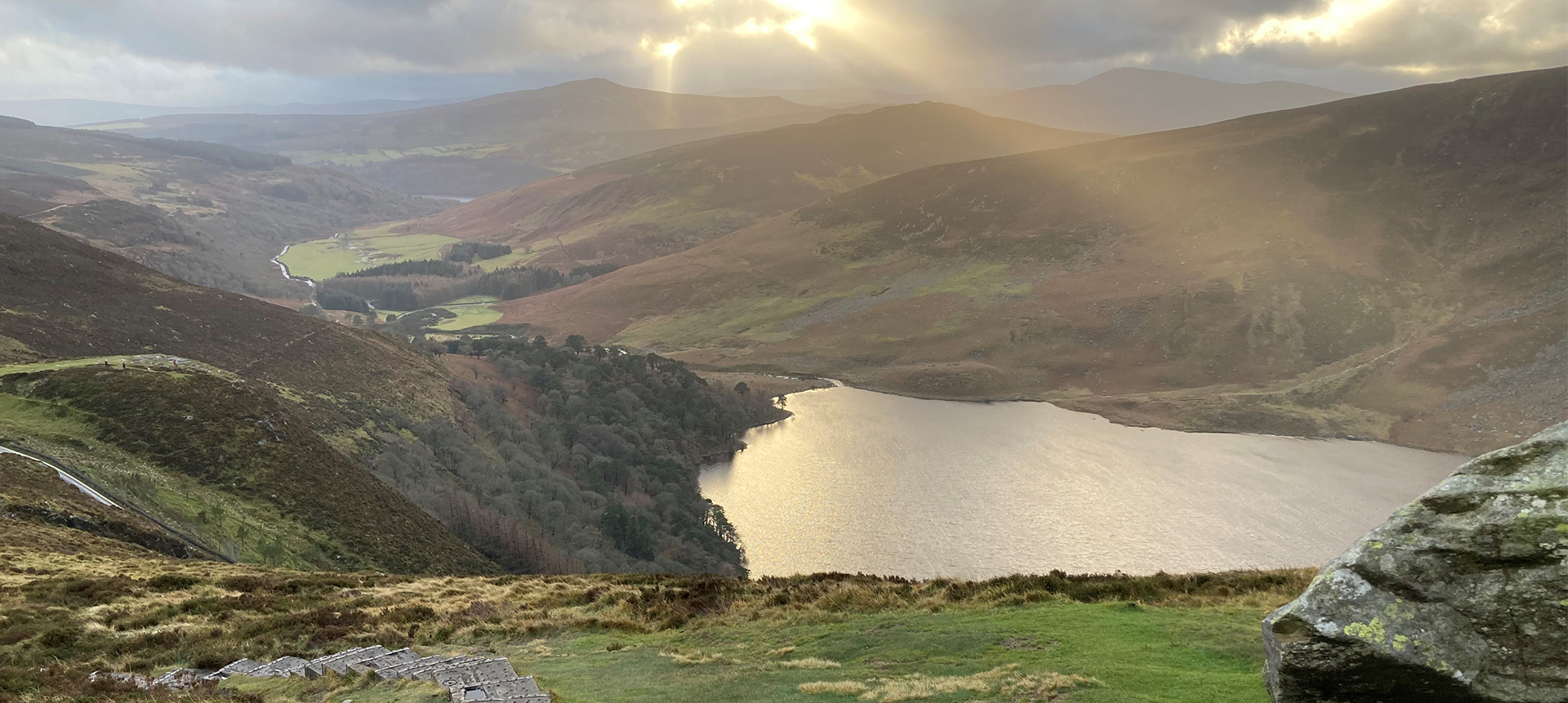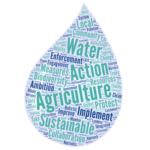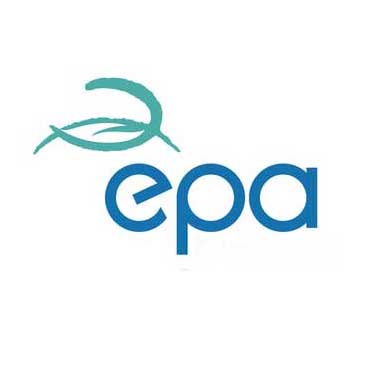Registration is now open for the EPA Water Conference 2022. …
EPA Conference Series: Peatland Restoration and Water Quality
This article builds on a presentation by Enda McDonagh of Bord na Móna at the EPA Water Conference, where he outlined the environmental co-benefits of the Enhanced Decommissioning, Rehabilitation and Restoration Scheme (EDRRS). Enda also contributed this piece to the Catchments Newsletter, highlighting how peatland restoration is linked to water quality. The article is complemented by insights from Peat Hub Ireland, an EPA-funded research project that brings together two decades of knowledge to guide sustainable peatland management.
EPA Water Conference 2025: Peatlands water quality benefits from the enhanced decommissioning, rehabilitation & restoration scheme (EDRRS)
At the EPA Water Conference, Enda McDonagh of Bord na Móna presented on the Enhanced Decommissioning, Rehabilitation and Restoration Scheme (EDRRS), which is enabling the rehabilitation of up to 30,000 hectares of industrial peatland. His talk highlighted the many environmental co-benefits of this work — including improvements in water quality, biodiversity, carbon storage, amenity creation, regulation of surface water flows and abstraction pressures, and the preservation of archaeology.
Article: Peatlands Climate Action Scheme is helping to improve Water Quality
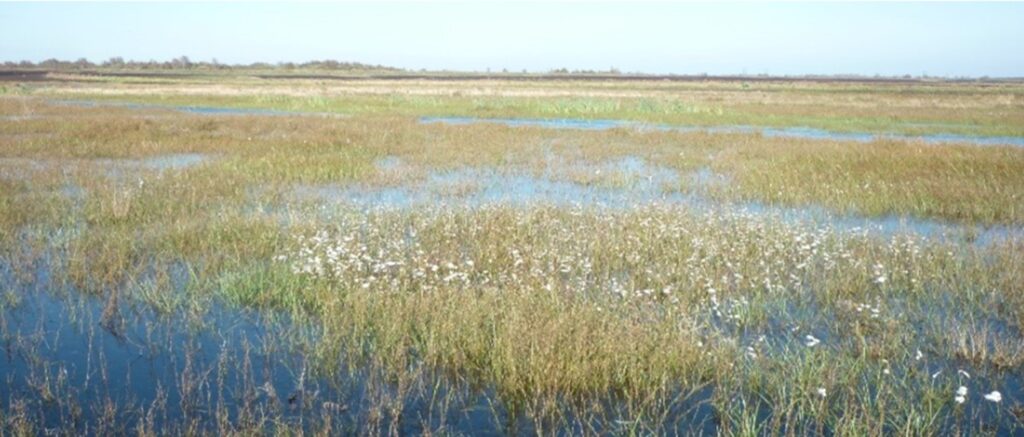
Bord na Móna (BnM) is a semi-state renewable energy provider supporting Ireland’s journey to net zero by delivering secure, renewable energy for businesses and homes across the country.
Working with our landbank, strategic partners, and local communities, we are building a 5GW renewable energy pipeline, including onshore and offshore wind, solar, biomass, and biogas projects – enabling industrial growth while contributing to our sustainable future.
BnM manages a land holding of over 80,000 hectares. In 2020, BnM announced the cessation of peat production on all of their bogs. Peat had been extracted from these BnM bogs under Integrated Pollution Control (IPC) licences issued and administered by the Environmental Protection Agency. As part of Condition 10 of this licence, decommissioning and rehabilitation must be carried out when industrial peat production ceases.
In line with BnM’s accelerated decarbonisation strategy, and the availability of government funding, the company committed to ambitious enhanced peatland decommissioning, rehabilitation, and restoration measures, targeting circa 33,000 hectares in over 80 BnM bogs.
“We’re restoring and rehabilitating our bogs to help meet climate and biodiversity goals.”
The Peatlands Climate Action Scheme (PCAS), also known as the Enhanced Decommissioning, Rehabilitation, and Restoration Scheme (EDRRS), is administered and regulated by the National Parks & Wildlife Service. Funding for the scheme is secured through the EU Recovery and Resilience Facility (RRF), the key instrument at the heart of NextGenerationEU. At a national level, this funding is administered through Ireland’s National Recovery Resilience Plan (NRRP).
The primary aim of PCAS is to optimise the climate action benefits of rewetting the former industrial peat production areas by creating soggy peatland conditions that will allow compatible peatland habitats to redevelop
and thereby reduce carbon emissions. While the scheme is primarily a climate scheme, the rehabilitation will also provide benefits to biodiversity and water quality.
Enhanced Rehabilitation Measures
Enhanced rehabilitation measures include blocking production field drains with peat drain blocks alongside
more intensive measures such as creating low bunds to hold water and re-profiling of peat fields to create more suitable flatter topography to maintain optimal hydrological conditions. These measures will allow for a more uniform coverage of water at an ideal depth (c.100mm ± 50mm) for vegetation colonisation and in particular, the development of mosses where conditions are suitable.
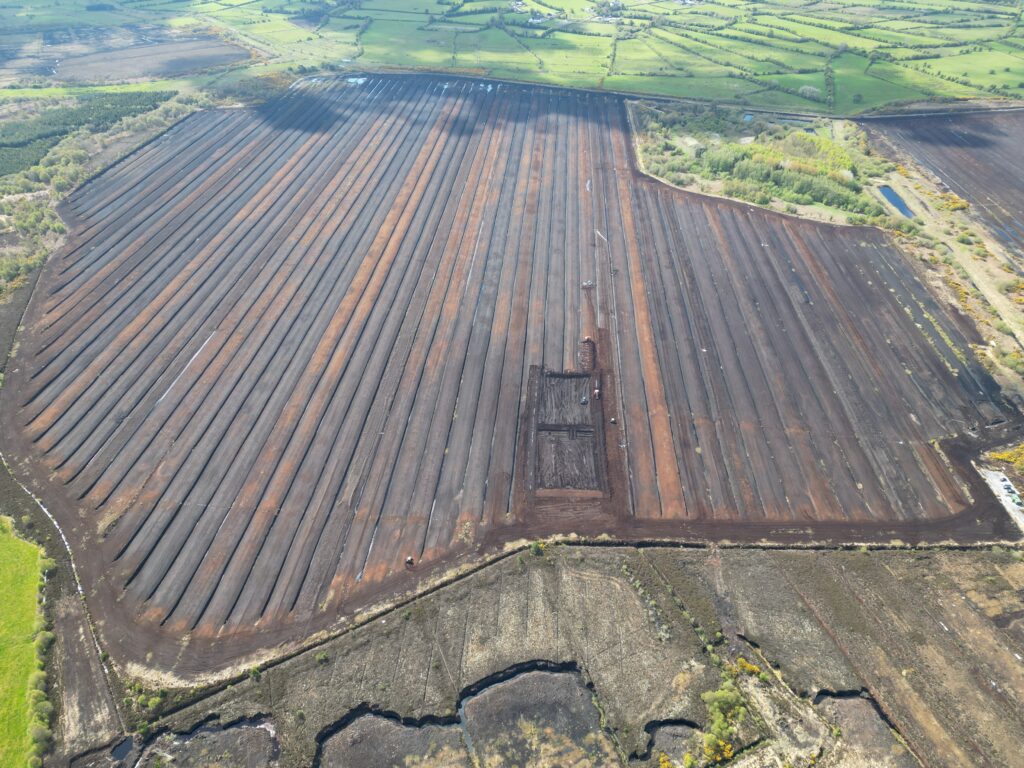
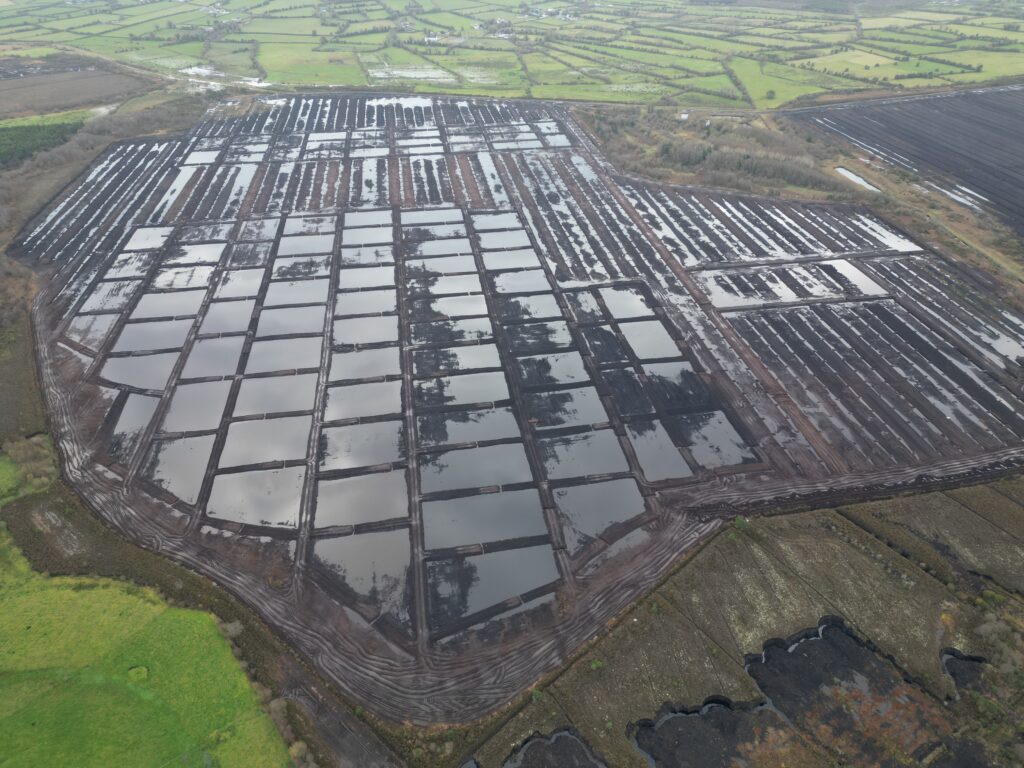
Monitoring
Monitoring is carried out to determine whether objectives have been reached. Examples of these objectives include reduction in bare peat cover and establishment of suitable habitats including Sphagnum-rich vegetation, creation of suitable hydrological conditions, reduction in greenhouse gas emissions, reduction in fluvial carbon emissions and improvements in water quality.
There is a robust monitoring program to track and verify any changes in baseline water quality conditions pre- and post-decommissioning and rehabilitation so that the success or otherwise can be tracked and verified for the National Parks & Wildlife Service, Environmental Protection Agency, and Local Authority Water Program, amongst a range of stakeholders.
“The key objective of peatland rehabilitation is environmental stabilisation.”
Water Quality Monitoring
While BnM operated under an IPC licence with discharges from their bogs within the IPC licence parameters, the cessation of peat production and the implementation of rehabilitation have been shown to further lower these suspended solids. The drainage channels resulted in a lowering of the water table, which disrupts the ecosystem
balance, as well as providing flow pathways for fine sediment and ammonium to reach waterbodies.
Ammonia is produced when organic compounds are decomposed through microbial action induced by drainage/lowering of the water table. Un-ionised ammonia is toxic to fish. Ammonia is oxidised into ammonium and then nitrite and nitrate through nitrification. In waterbodies that are currently ‘At risk’ of not achieving their water quality objectives, where peat is a significant pressure, the annual average concentration of ammonium is often elevated above the environmental quality standard (EQS) of 0.065 mg/l as N that is required to support Good Ecological Status. Over the last decade, however, these waterbodies have generally shown a consistent reduction in ammonium concentrations, and in recent years, average concentrations in some of these waterbodies have dropped below the standard. Further work is planned during the third cycle to understand the reasons for this (EPA, Sector, Pressures/Issues).
Flow Monitoring
Preliminary flow monitoring results from two bogs indicate that during rainfall events, discharge is significantly lower on rehabilitated and vegetated peatland compared to bare peat areas where the peat extraction network remains intact.
Key Success Criteria
The key water quality success criteria associated with this enhanced rehabilitation are as follows:
- That there is a stabilising/improving concentration of suspended solids and ammonia in discharges from BnM sites, associated with the measures undertaken to stabilize the peat surface by the blocking of the internal drainage system and the maximized rewetting of the peat surface.
- Receiving water bodies have been classified under the River Basin Management Plan and this classification includes waters that are “At Risk” from peatlands and peat extraction. The success criteria will be that any “At Risk” classification will see improvements in the associated pressures from this peatland, or if remaining “At Risk”, that there is an improving trajectory in the pressure from this peatland.
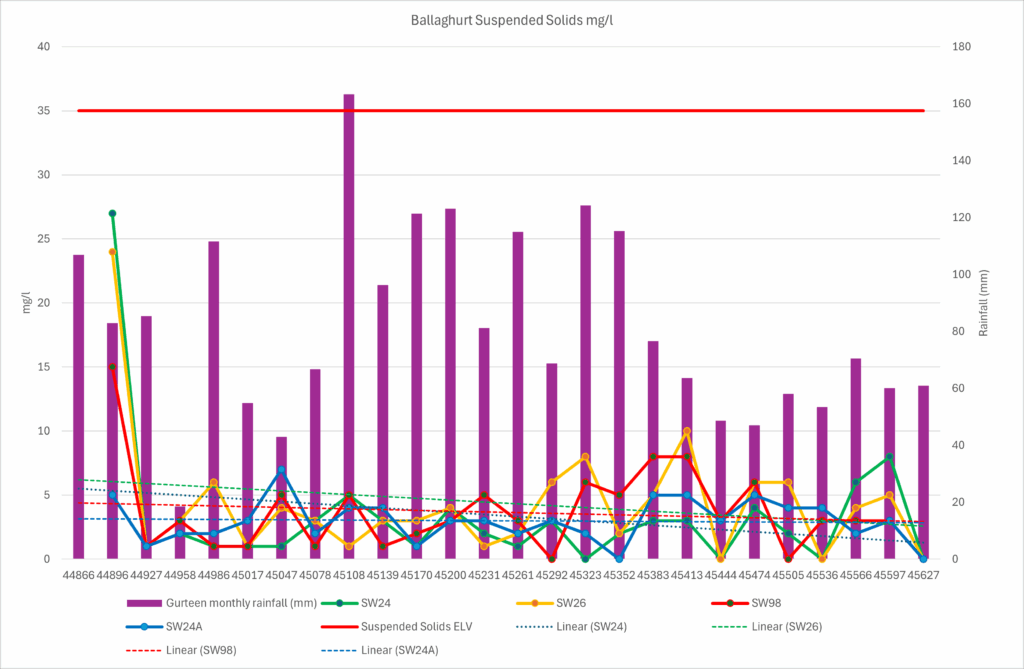
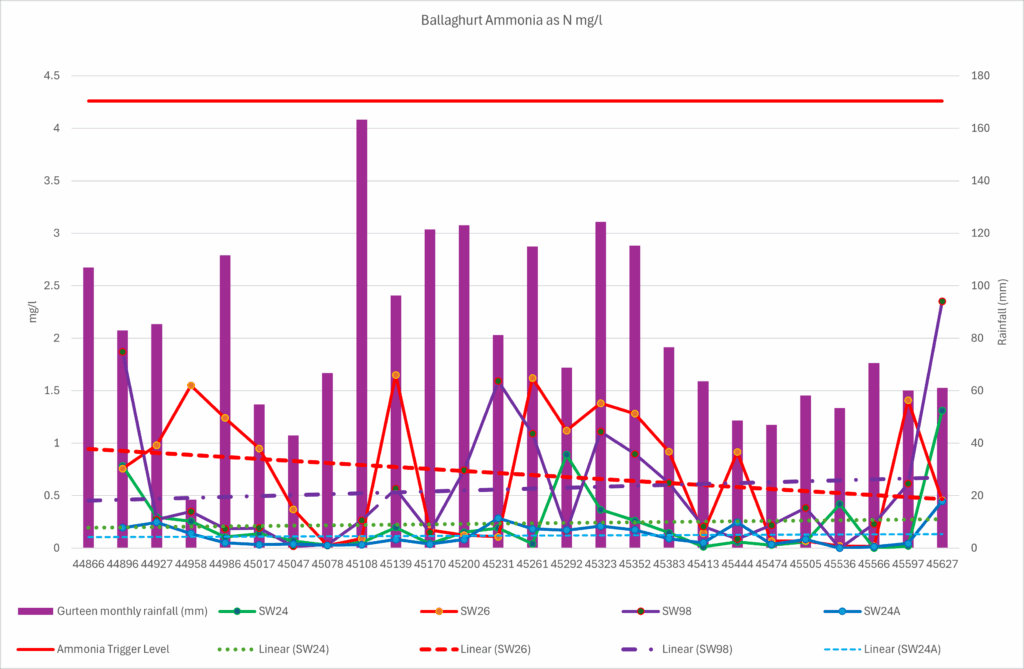
EPA Research: Peat Hub Ireland
The Peat Hub Ireland project led by a team from University College Dublin reviewed Irish peatland research from 2000–2023 to identify trends, risks, and knowledge gaps. It highlighted 71 research gaps and 96 priority actions across biodiversity, climate, policy, and more. Peat Hub Ireland also produced a glossary, open-source database, and 10 thematic factsheets to support accessible knowledge sharing. The research findings provide policymakers, researchers, and civil society with evidence-based information. It also provides tools to support decision-making around sustainable management and governance of peatlands in Ireland as a critical national resource.
Project highlights video
Learn more
Bord na Móna Peatlands Climate Action Scheme: www.bnm.ie | www.bnmpcas.ie | pcasinfo@bnm.ie
EPA Research 494: Peat Hub Ireland: https://www.epa.ie/publications/research/land-use-soils-and-transport/research-494-peat-hub-ireland.php
EPA Water Conference 2025 – Watch all presentations here
Peat Hub Ireland: https://www.ucd.ie/peat-hub-ireland/

